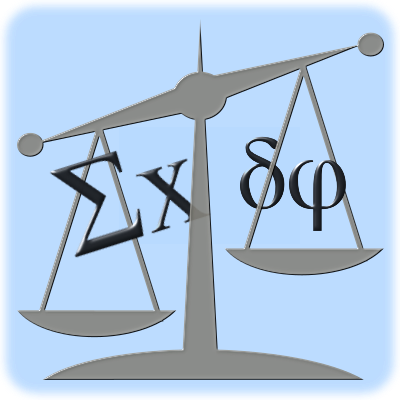What is Justice Beyond Reasonable Doubt,
or justiceBRD?
Our justice system requires that someone is found guilty of a crime only if the evidence presented at trial demonstrates beyond reasonable doubt that they did indeed commit the crime. Otherwise, they are found not guilty and hence innocent.
Unfortunately this simple principle is routinely ignored and undermined in our justice system when, for example:
- vulnerable individuals are bullied into false confessions
- vital evidence is not disclosed to the defence team
- supposed expert evidence acually has little or no scientific basis
- subjectivity and emotion in the jury room override the objective assessment of evidence
- too much reliance is placed on unreliable witness evidence
- vital forensic tests are not conducted because of cost constraints or evidence is contaminated due to poor handling by the police or forensic laboratories

justiceBRD is an attempt to bring our justice system back in line with its fundamental principle by forcing a decision to be based solely on the strength of the evidence presented at trial. We do this by focusing on murder trials, as it is here that miscarriages of justice are most profound and most damaging to individuals and society.
For each case, justiceBRD identifies the actual strands of evidence presented by the prosecution or defence, and makes an objective assessment of each strand through a series of challenging, standardised questions. The questions have been developed in order to avoid a range of known failings in the justice system, including those identified above. The answers to these questions are then entered into a maching learning model. This model has been 'trained' on a number of murder cases where the true outcome is already know and then tested on many other known cases and shown to produce the correct verdict with 100% accuracy. The output from the model is a verdict together with a degree of certainty that the accused is guilty, based on the actual evidence. That is whether or not the defendant is guilty beyond reasonable doubt.